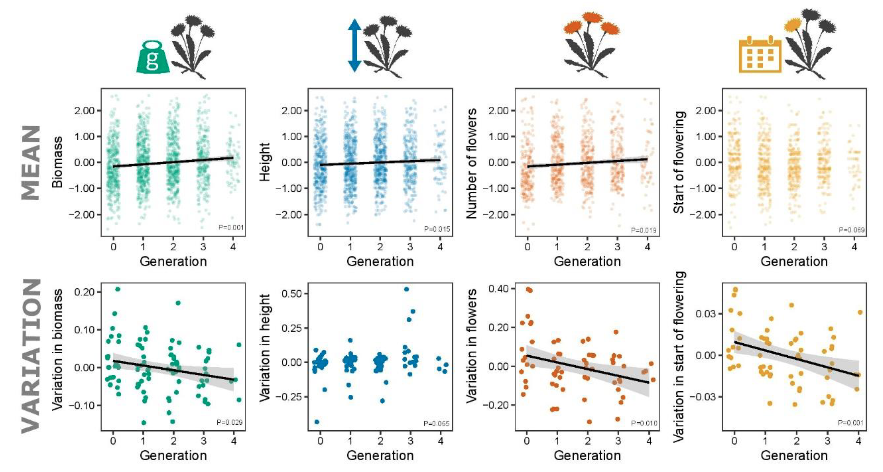
Plants cultivated for ecosystem restoration can evolve towards a domestication syndrome
Plant Science Research WeeklyThe pressing need to restore degraded areas has led to an unprecedented demand for native seeds. However, seeds are not always available in sufficient quantity and quality in nature, so some restoration practitioners might opt to source their seeds from wild plants grown on farms, just like any crop.…
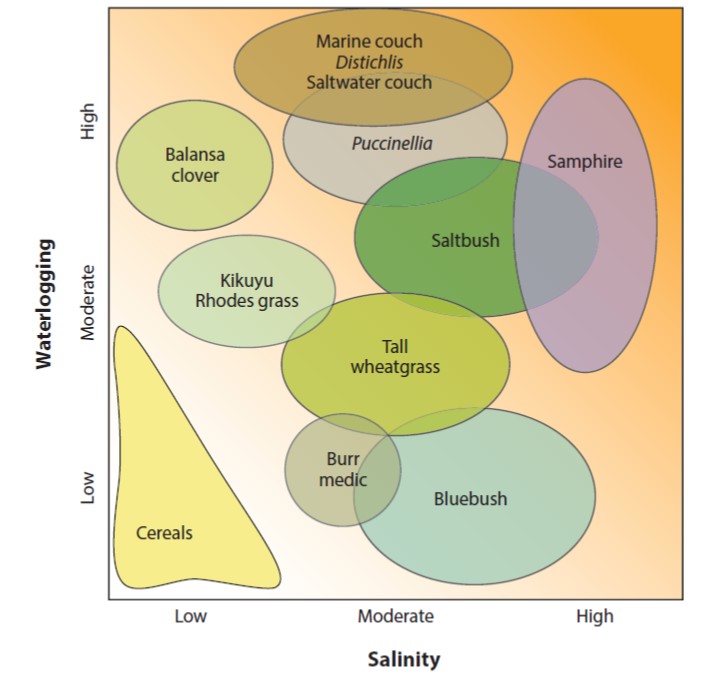
Review: Salt-tolerant crops: Time to deliver
Plant Science Research WeeklyFew topics are as inherently interesting from both fundamental and applied perspectives as salt tolerance in crop plants. From the basic science side, cells have several strategies that they use to keep Na+ levels low in their cytosol in spite of what can be a very steep concentration gradient from out…
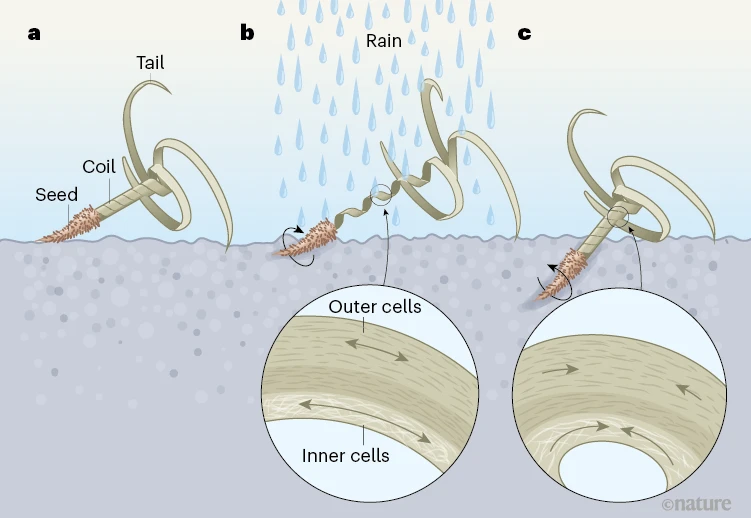
Inspired by nature: Self-burying seeds
Plant Science Research WeeklySelf-burying seeds are high on the list of “aren’t plants amazing”. Seeds of several species carry appendages that change shape when exposed to moisture and that are oriented in such a way so that their shape changes push the seed underground (don’t take our word for it – see https://youtu.be/TOJG5mF6OLs).…
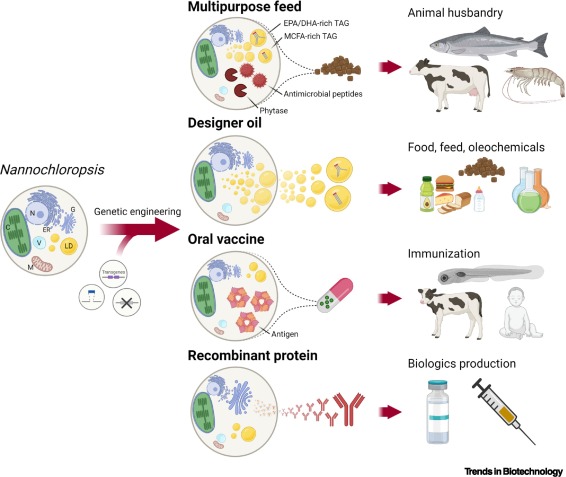
Review: Hypes, hopes, and the way forward for microalgal biotechnology
Plant Science Research WeeklyMicroalgae are small, photosynthetic algae that have emerged as important contributors to food and nutrient production. This review describes the many ways they can be grown (e.g., autotrophic, with sunlight or artificial light; heterotrophic, with sugar inputs; or mixotrophic, a combination of both)…

Productivity and agronomic potential of perennial rice
Plant Science Research WeeklyModern rice is descended from a perennial grass, which through millennia of selection evolved into an annual “one-sow, one-harvest” crop. However, it has become apparent that perennial grains have the potential to decrease soil erosion and competition, as well as lower the labor required to produce…

DREB1C is a regulator of nitrogen use efficiency and flowering time in rice (Science)
Plant Science Research WeeklyTo improve the profitability and sustainability of agriculture, there has been an extensive quest to identify regulators that boost nitrogen use efficiency (NUE) without compromising yield. Wei et al. identified a DREB family transcription factor based on RNAseq analysis of rice plants exposed to low…
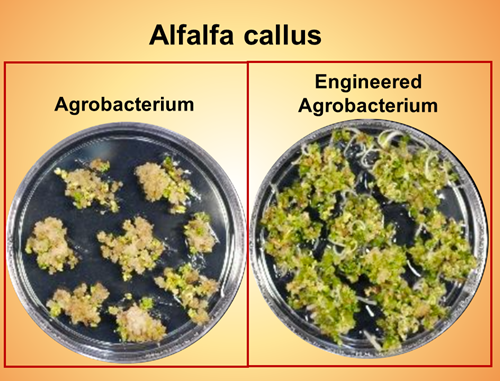
A boost to plant transformation: Agrobacterium expressing type III secretion system (Nature Comms)
Plant Science Research WeeklyGene manipulation in most plant species faces two major hurdles, transformation efficiency of tissue and regeneration of callus. Agrobacterium-mediated transformation is the most common method of plant transformation. Transformation efficiency can range from more than half the tissue to less than…
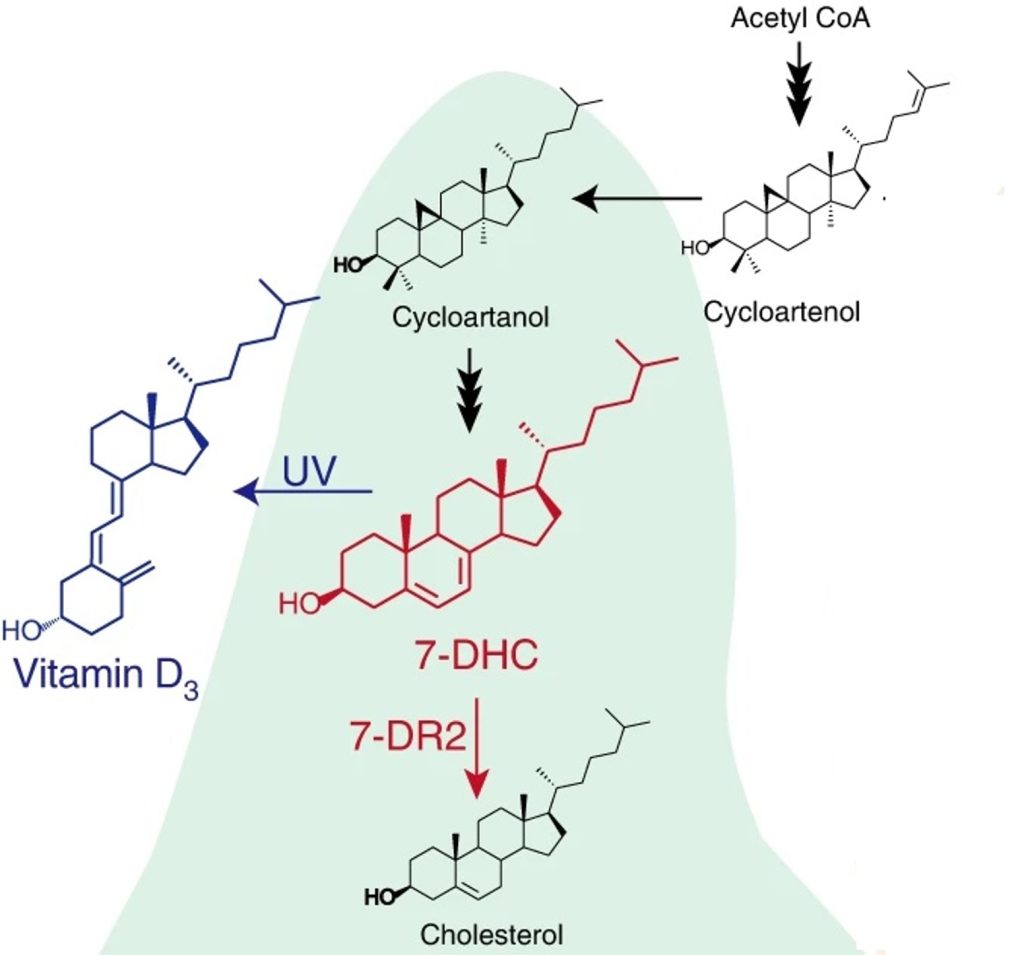
Biofortified tomatoes provide a new route to vitamin D sufficiency (Nature Plants)
Plant Science Research WeeklyVitamin D deficiency in humans is correlated with malfunction of the immune system and inflammation together with cancer, Parkinson disease, depression, neurocognitive decline, dementia, and severe COVID-19 infection. In humans, exposure of the skin to UV light promotes the production of Vitamin D from…
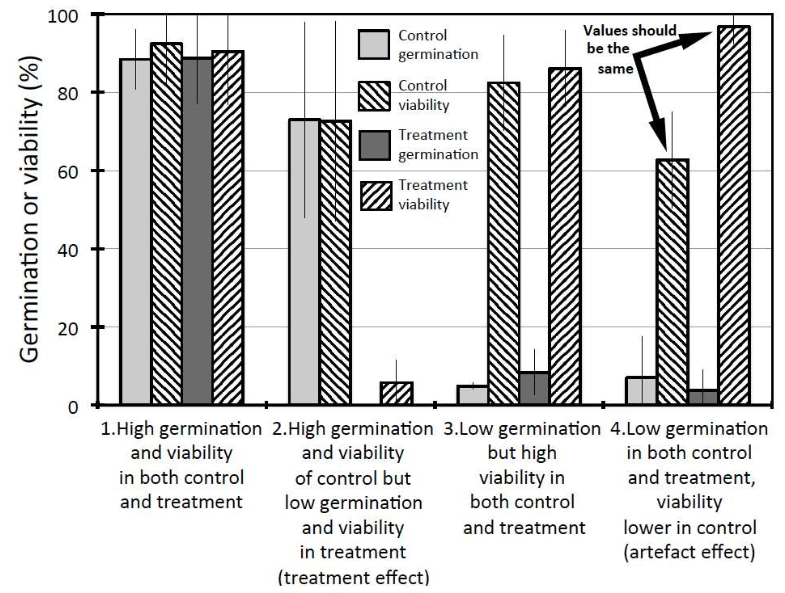
Seed biologists beware: End-of-trial estimation of initial viability may be error-prone (preprints)
Plant Science Research WeeklyAssessing the viability of ungerminated seeds at the end of a trial is a common practice in seed germination experiments. By doing this, researchers aim to establish the number of viable seeds that were sown in an experiment and estimate germination parameters accordingly. Still, can we be sure that…

